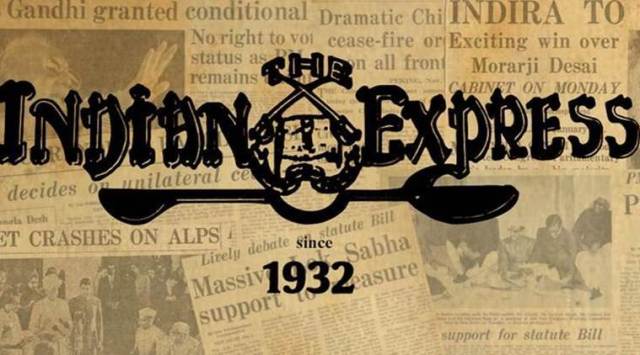
The lowering of rates by the Reserve Bank of India — which cut the repo rate by 25 basis points on Wednesday — may not have excited the financial markets considering that such a cut had been priced in after the fall in Consumer Price Inflation over the last three months. More so, after the SBI cut its savings deposit rates by 50 basis points on Tuesday.
The fact that the monsoon has been normal and the roll-out of the Goods and Services Tax or GST has been without much disruption also offered elbow room to the Monetary Policy Committee to make the cut this time, perhaps reluctantly so. The MPC has said that while upside risks to inflation had either reduced or materialised in the run-up to this policy review, it expects inflation to rise from the current lows to 4 per cent in the last quarter of FY 18.
Such a projection is based on factors such as the proposed farm loan waivers by many states, a cut in development spending and inflation spillovers, the implementation of awards of salaries and allowances by states on the lines of the Centre and the bottoming out of food prices, prompting the MPC to keep the policy stance neutral. That virtually signals the closing of the window for a further rate cut in the remaining part of this fiscal — raising the question of whether monetary policymakers missed the bus in the interim when there was an opportunity to go in for a deep cut.
Today’s policy move may thus be of no great consequence in terms of sentiment. It would be more interesting to watch how other banks react to the move by India’s largest bank, the SBI, to reduce its savings bank deposit rates by 50 basis points, from 4 per cent to 3.5 per cent, and whether it could translate into lower lending rates. The Central bank has often raised the point as to whether a rate cut could help boost growth given the state of both corporate and bank balance sheets. But now that the noise surrounding interest rate action has ebbed, the focus will be on the state of the broader economy.
Going by the MPC’s outlook, the underlying growth impulses in industry and services are weakening, given corporate deleveraging and “retrenchment” of investment demand. The slump in manufacturing after the introduction of the GST is also reflected in the Nikkei India Manufacturing Purchasing Managers’ Index (PMI) which at 47.9 per cent in July is at its lowest level since February 2009.
The RBI has recognised this with the MPC making out a strong case for reviving private investment, removing infrastructure bottlenecks and for swifter single-window clearances by states for affordable housing which could have a knock-on impact on other industries. What all these point to is that the heavy lifting will now have to be done by the NDA government. It’s not going to be easy — considering that Indian banks are weighed down by the huge pile of bad loans and gains from reforms such as the GST may accrue only after a couple of quarters. That’s where the government’s resolve and stamina to stay the course will be tested.